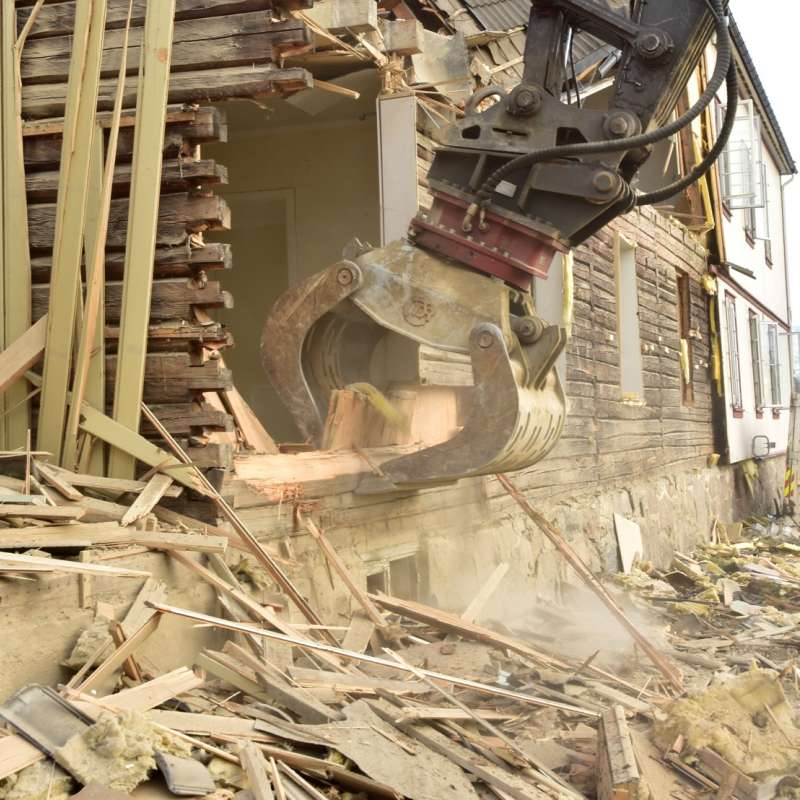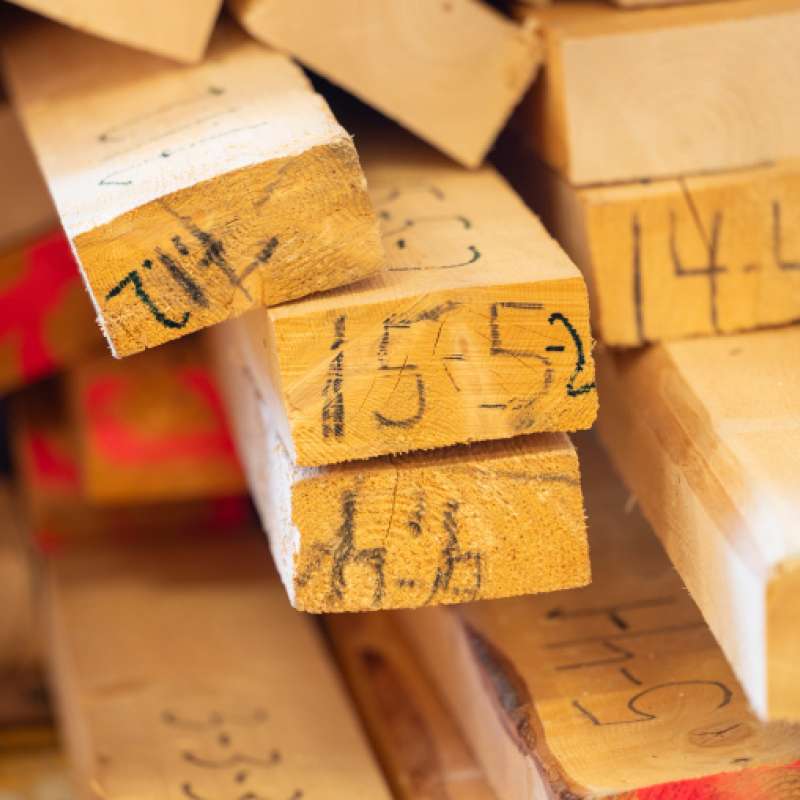Lone Ross
Divisjonsdirektør
Forfattere
Gry Alfredsen Michael Altgen Mari S. Austigard Johan Mattsson Maria Nunez Lone Ross Sverre Aarseth Tunstad Andreas Treu Igor A. Yakovlev Nanna Bjerregaard PedersenSammendrag
Abstract This study uses a novel combination of DNA metabarcoding, light microscopy, decay rating, moisture dynamics, and chemical analysis to investigate wood decay in cultural heritage cable car pylons in Svalbard. Uniform design but varying ages allowed analysis of time-dependent decay. Light microscopy revealed the use of both Picea abies and Pinus sylvestris . Decay progressed more rapidly near ground contact, influencing density, lignin, and holocellulose content, with lignin increasing over time. DNA metabarcoding and microscopy revealed dominant brown and soft rot fungi, with greater fungal diversity near ground level. Several new fungal species were identified for Svalbard and the polar regions. In the context of climate change, this highlights the global importance of monitoring fungal decay in wooden structures. The study emphasises the need for updated species lists and continuous monitoring, as new fungi may affect conservation strategies. The interdisciplinary method offers deeper insight into microbial interactions than single-method approaches.
Forfattere
Lone RossSammendrag
Det er ikke registrert sammendrag
Forfattere
Injeong Kim Lone Ross Gry Alfredsen Olov Karlsson Elif Kaynak Oisik Das Dennis Jones George I. Mantanis Dick SandbergSammendrag
Det er ikke registrert sammendrag

Divisjon for skog og utmark
Sirkulær bruk av tre for økt bærekraft og innovasjon (CircWOOD)
CircWOOD skal undersøke aspekter ved trebruk i den norske økonomien, med særlig vekt på ombruk av returtre i byggeprosjekter, og returtre som råstoff i dagens treindustri.

Divisjon for skog og utmark
Circular use of wood for increased sustainability and innovation (circWOOD)
circWOOD will investigate aspects of wood use in the Norwegian economy, with particular emphasis on the reuse of wood in construction projects, and recycled wood as raw material in today's wood industry.

Divisjon for skog og utmark
WoodStock
EU-prosjektet WoodStock utvikler klimavennlige løsninger for å øke bruken av underutnyttet trevirke i den europeiske byggesektoren.
